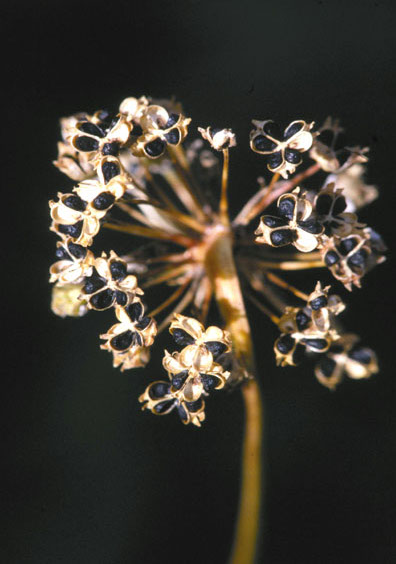Your cart is currently empty!
Spring Garden Yard Cleaning Tips
As the warmer weather rolls in, it’s time to think about doing a spring clean-up, to make sure that the yard and landscape are looking good.
Your cart is currently empty!
Photo:
Patrick Alexander from Las Cruces, NM, CC0, via Wikimedia Commons
The Nodding Onion is famous for its blossoms’ unusual orientation: pointing downward, “nodding” towards the earth. Each hooked stem has pom-poms of star-shaped blooms blossoming in cream, pastel pink, and light lavender. This plant is simple to cultivate and will expand naturally by seed and bulb offshoots. Plant in large quantities for a spectacular show. Nodding Onion can be used in the cooking in the same way as chives are.
The downwards orientation gives pollinating bees a priority because they are not fazed by gathering nectar and pollen while hanging upside-down.
Botanical Name: Allium cernuum
Also Called: Nodding Wild Onion
En français: Ail penché
Blooms:
Sun / Shade:
Water: Medium-Wet, Medium, Medium-Dry
Soil:
Height:
Pollinators:
Care:
Nurseries and garden centers usually carry both seeds and plugs of nodding onion, so you can plant either way. Seeds can be sown in containers in the spring, then transplanted outdoors once the perceived danger of the last frost passes. Seeds can crack if planted directly into the soil outdoors.
The nodding onions are comparatively very easy to grow. When they are sown in spring, they grow and bloom during the months of early to mid-summer. Although it prefers well-drained soil in full sun, it can tolerate clayey soils and thrives in places where conditions are very difficult such as hot suns and gravelly soils. It is recommended to divide clumps every third year or when they have 8-10 bulbs.
It is possible to find 30 or more flowers blooming on one nodding onion stem during the blooming period of late spring and early summer. The flower has a delicate onion scent when cut or crushed, as it belongs to the Allium (onion) family.
Native American cultures use this plant’s bulbs for medicinal purposes, and some wildlife species, such as bears and ground squirrels, consume its bulbs, despite their strong flavor. They are edible; however, they do not carry many nutritional benefits. Its leaves and bulbs once used to be used as food, but they are no longer popularly consumed.
Wild onion has a stronger flavor than supermarket varieties; it becomes softer and sweeter when cooked. It is possible to add the green leaves to salads, cook the bulbs and lower stalks in stir-fries, and garnish with flowers.
Nodding onion has a peculiar appearance. Several small pink or white flowers are arranged on an erect, leafless stalk resembling a shepherd’s crook, and several long, narrow leaves are arranged at its base. All parts of this perennial have a mild oniony smell. As far as appearance and characteristics are concerned, this plant and Autumn Wild Onion are closely related.

If you don’t want your garden to get overrun with Nodding Onions, deadhead the blossoms before they seed. If you wish to harvest seeds, wait for the seed capsules to mature and turn tan or straw-colored before opening them, since the seeds will be black when they do. The seeds have the appearance of a tiny black capsule.
When the seeds of nodding wild onions have been refrigerated for around two months, you can directly sow them in the early spring. Plant 2-3 seeds per pot after the seed has been in the refrigerator for 60 days, then use it indoors after that. In order for the seeds to germinate, you should keep the soil at 60 degrees Fahrenheit and lightly moist.
As the warmer weather rolls in, it’s time to think about doing a spring clean-up, to make sure that the yard and landscape are looking good.
Discover how to grow and use Aloe Vera, a popular cactus-like succulent, as an effective medicinal plant. Learn how to harvest the leaves, make your own gel, and care for your Aloe Vera plant!
Virginia Mountain Mint is a vigorous, long-lasting plant ideal for wildlife gardens. It attracts pollinators. Read the Quick Growth Guide.
Discover the beauty of marigold flowers, edible petals, vibrant colors, and effortless care instructions. Perfect plant for bright and pest-free gardens!
Silver Wormwood attracts many pollinators and is one of the host plants for the American Lady and the Painted Lady butterflies.
GardeningCalendar.ca gets some funding from advertisers. If you click on links and advertisements at no cost to you, the site may receive a small commission that helps fund its operation.
© 2025 J&S Calendars Ltd.
Leave a Reply
You must be logged in to post a comment.